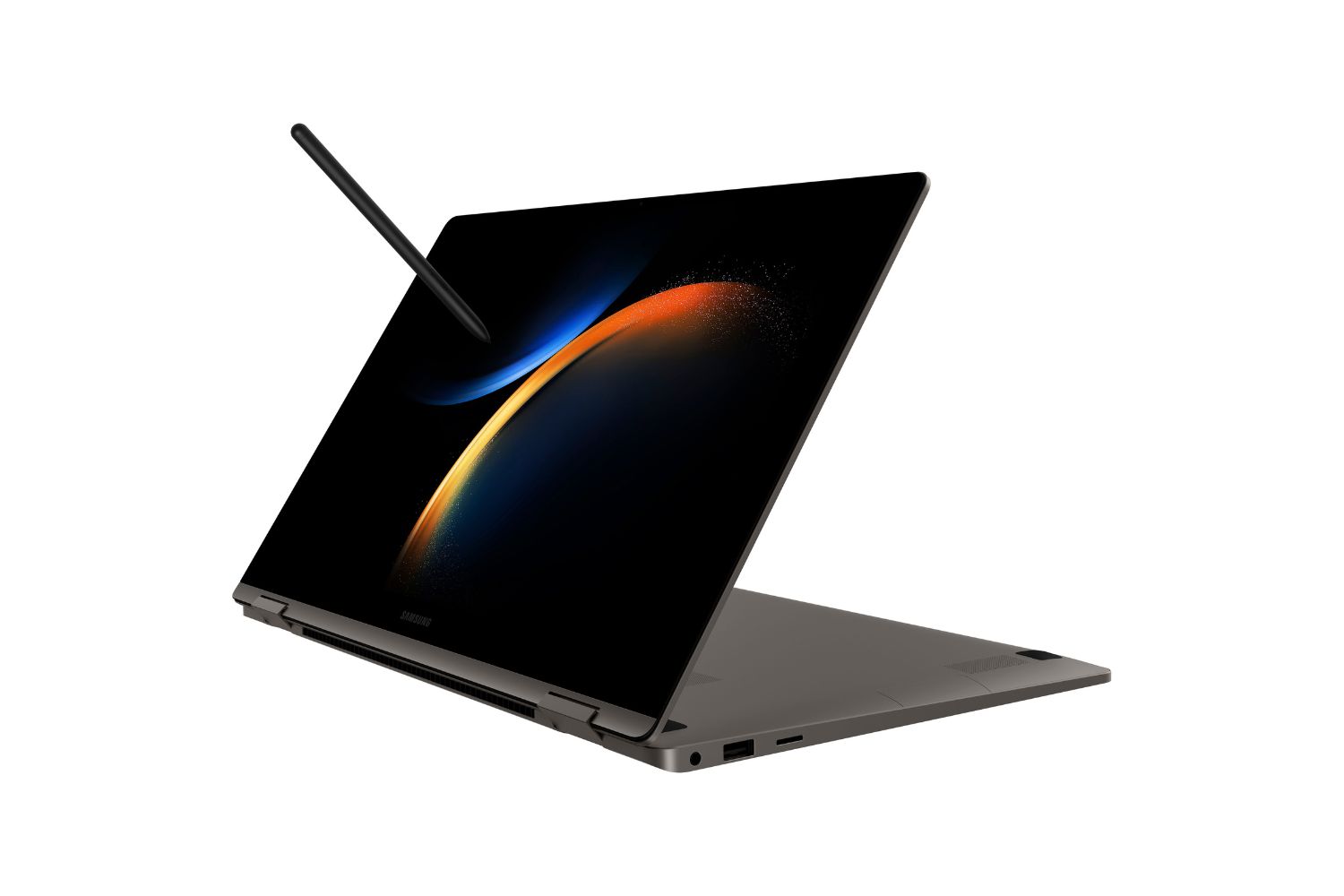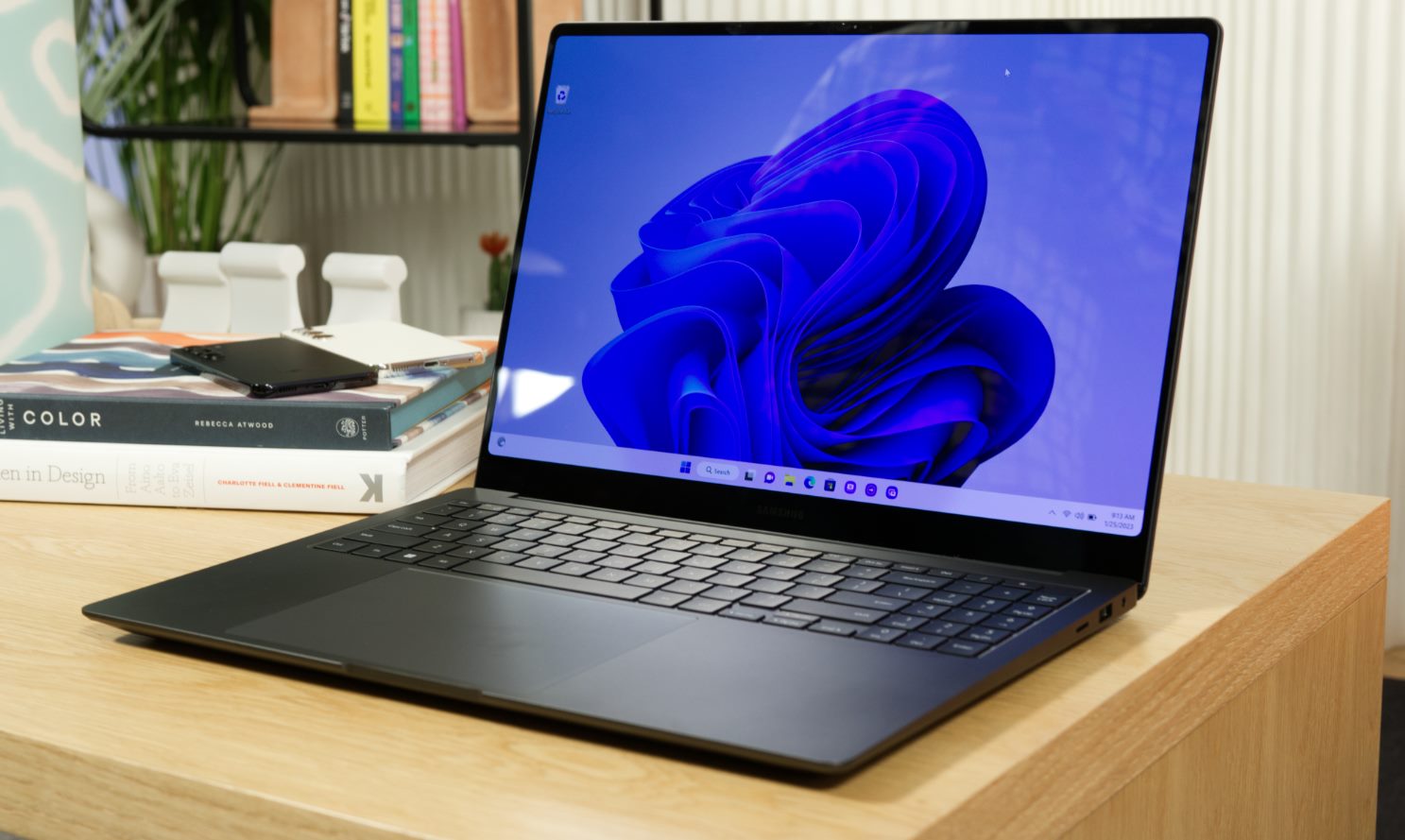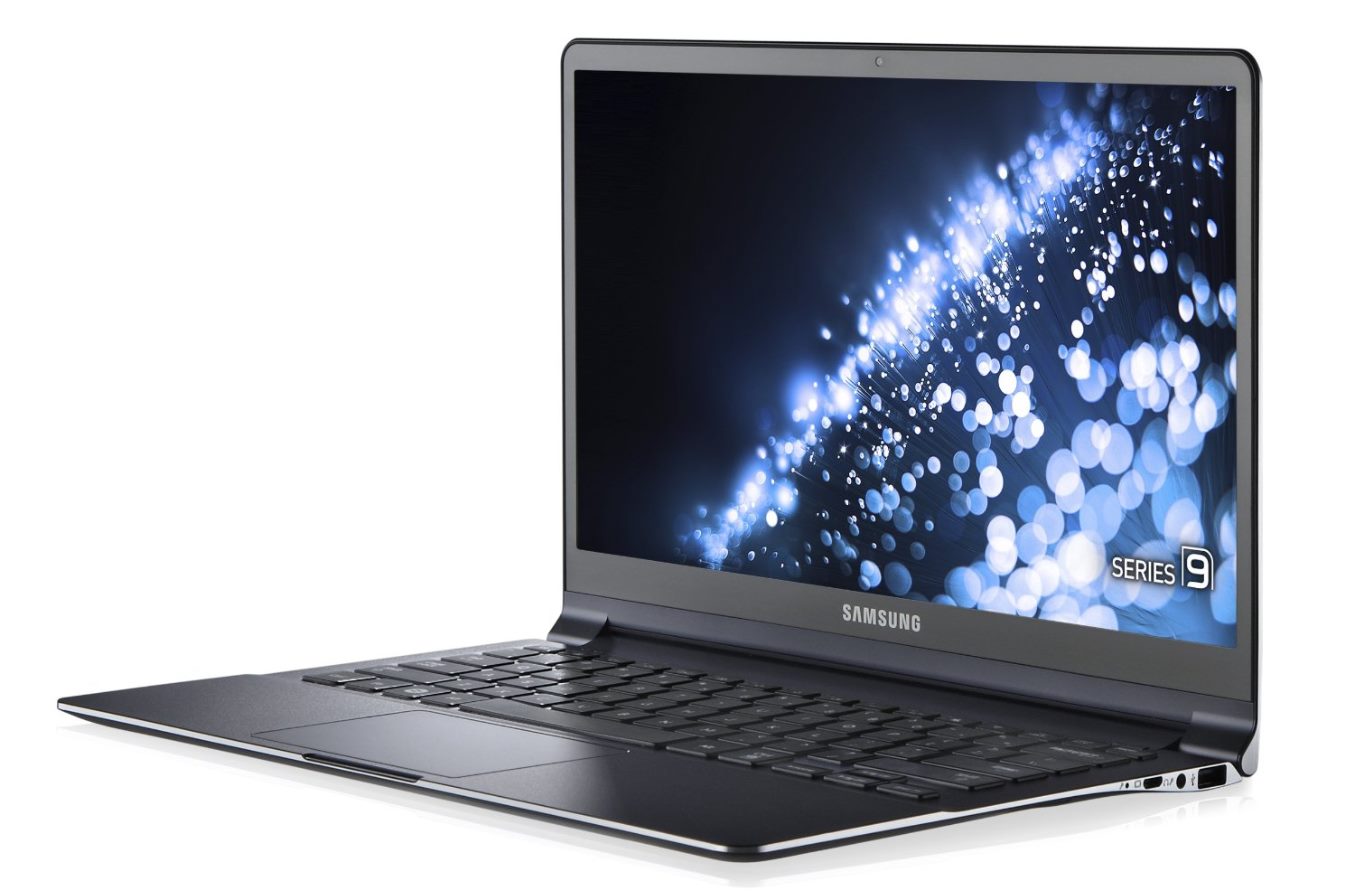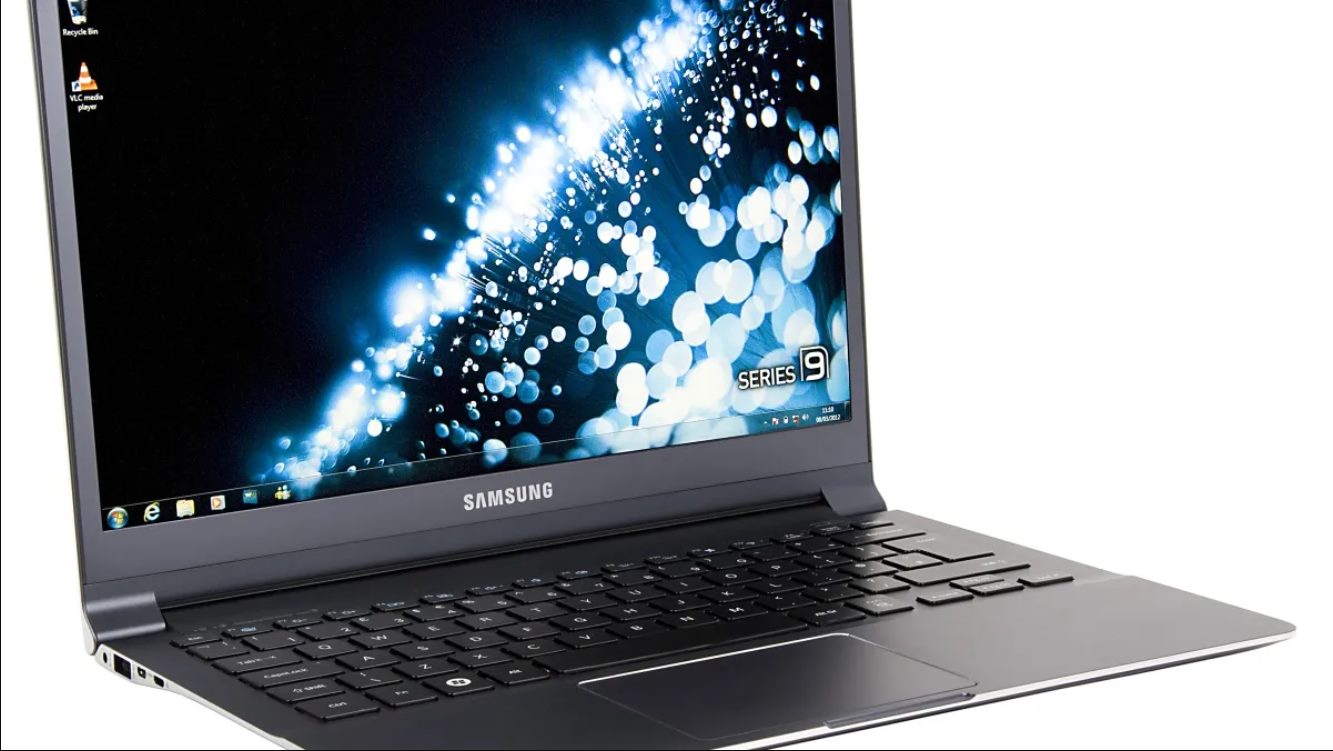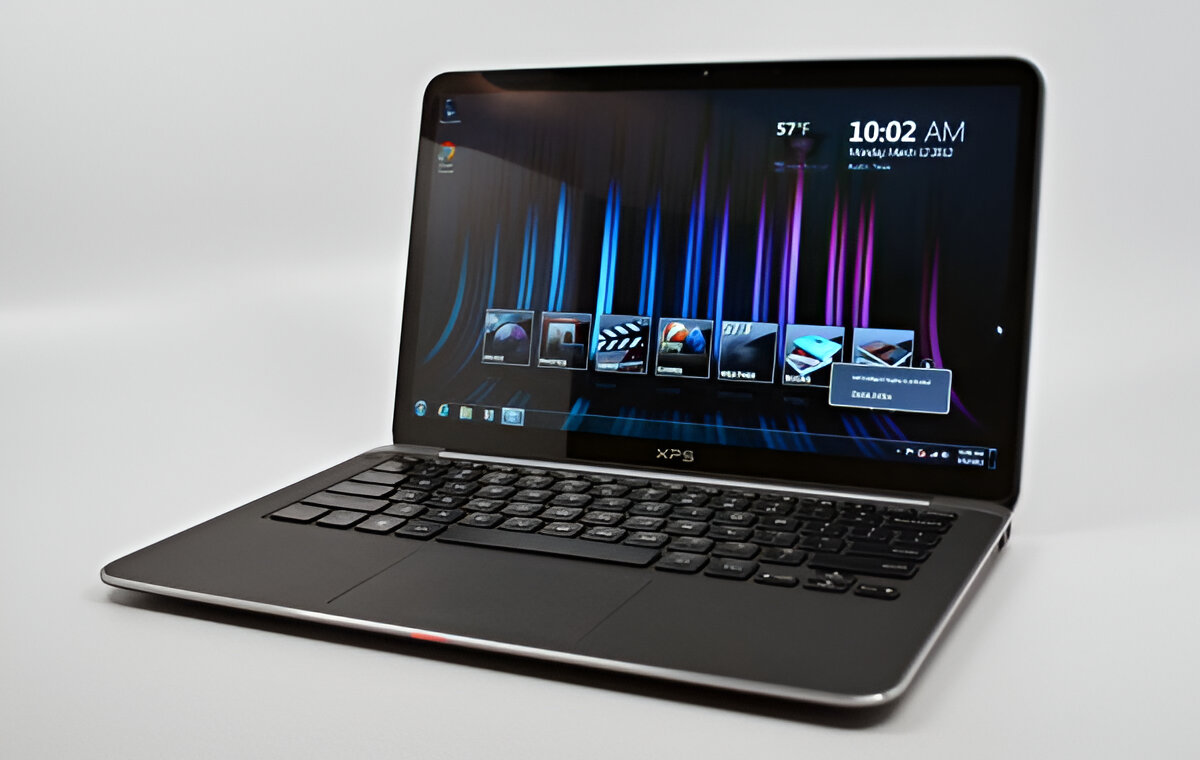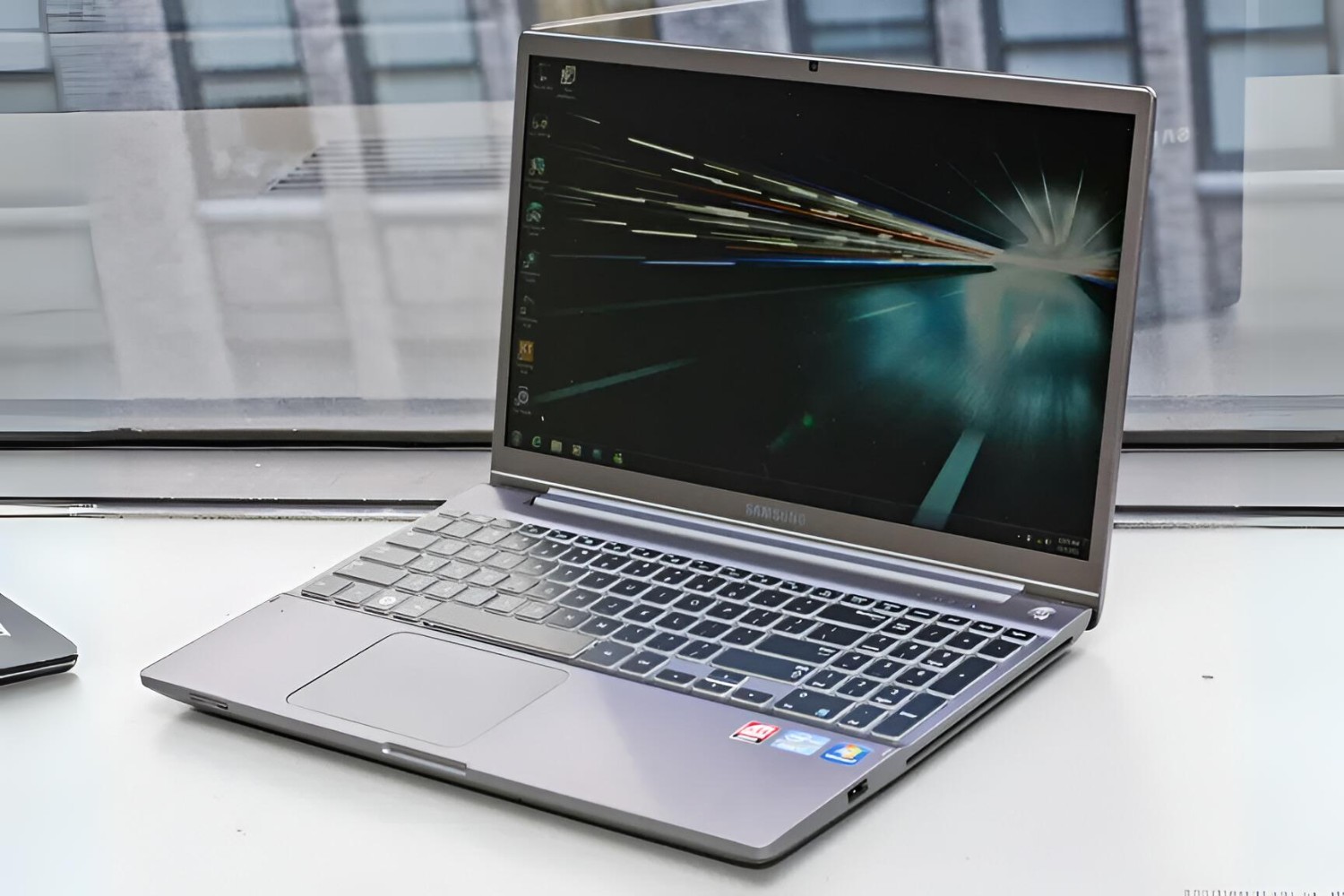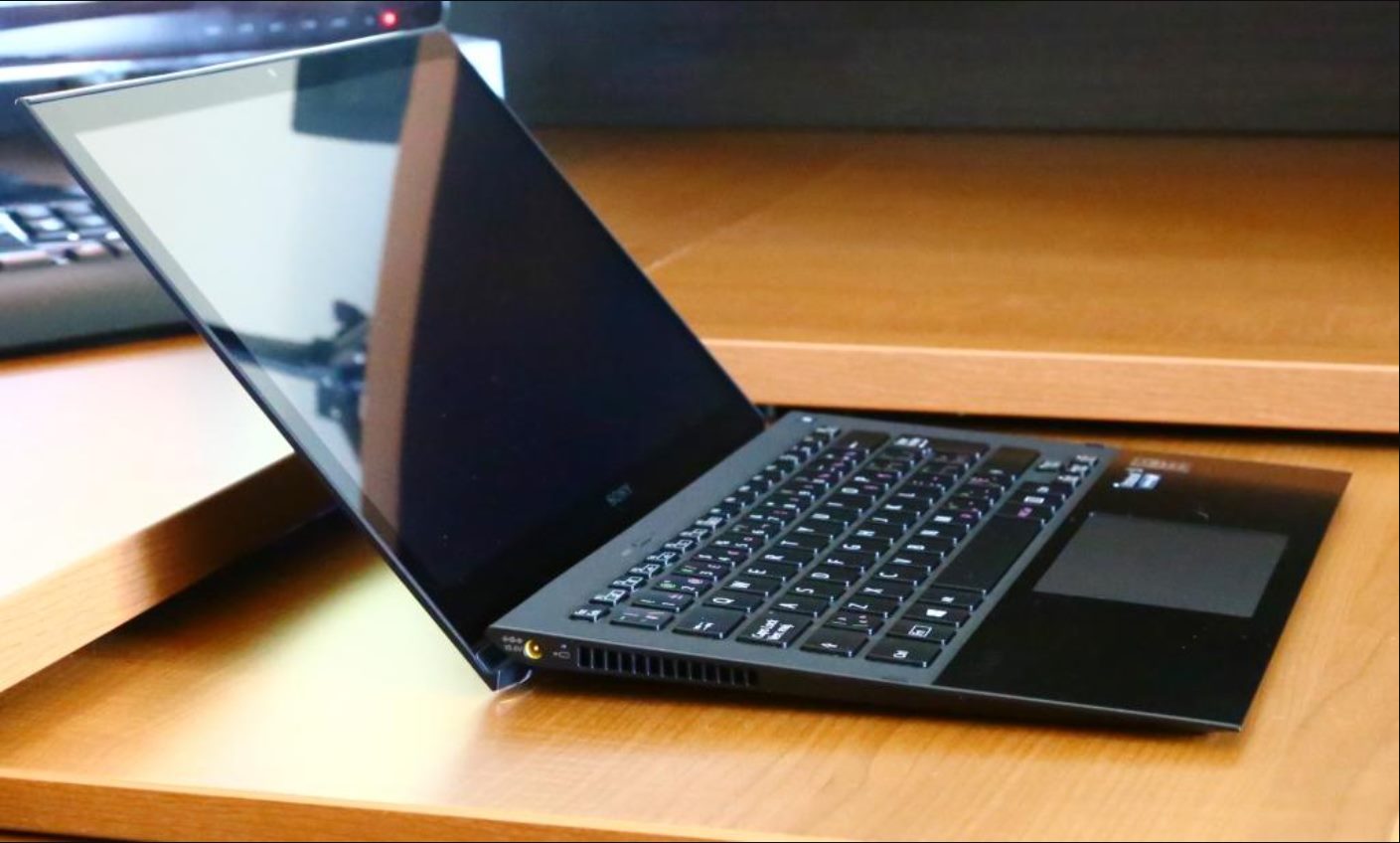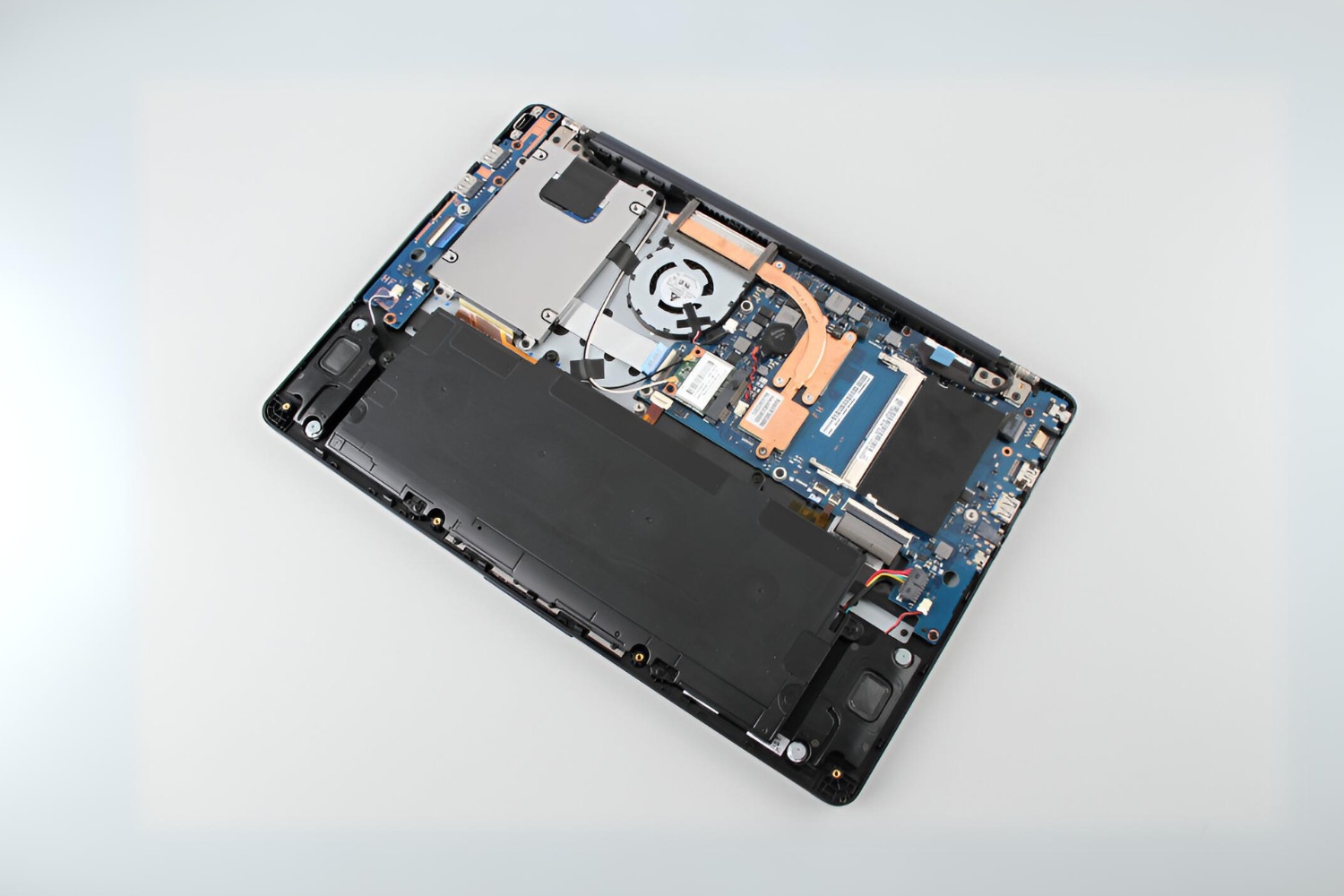Introduction
Welcome to this guide on how to enable the touch screen functionality on your Samsung Ultrabook. Having a touch screen can greatly enhance your user experience, allowing you to interact with your computer in a more intuitive and versatile way. Whether you’re using your Ultrabook for work or leisure, enabling the touch screen feature can open up a whole new world of possibilities.
Before we begin, it’s important to note that not all Samsung Ultrabooks come with a touch screen. So, the first step is to ensure that your device is equipped with this feature. If your Ultrabook model supports touch screen functionality, then you’re in luck! In this guide, we’ll walk you through the necessary steps to enable it.
Enabling the touch screen on your Samsung Ultrabook is a straightforward process that can be done in just a few simple steps. We’ll first show you how to enable it through the device manager, and then through the settings menu. Additionally, we’ll cover how to update the drivers for optimal touch screen performance. So, let’s get started and unlock the full potential of your Samsung Ultrabook’s touch screen!
Step 1: Check Compatibility
Before proceeding with enabling the touch screen on your Samsung Ultrabook, it’s important to verify if your device is compatible with this feature. Not all Ultrabook models have a built-in touch screen, so it’s essential to ensure that yours supports this functionality.
To check compatibility, you can refer to the specifications of your Samsung Ultrabook. This information can usually be found in the user manual or on the manufacturer’s website. Look for any indication or mention of touch screen capabilities. If you are unable to find this information, it’s recommended to contact Samsung customer support for clarification.
Another way to check compatibility is by physically inspecting your Ultrabook’s screen. If your device has a touch screen, it will typically have a glossy surface and may have a slight glare when viewed from certain angles. You may also notice a difference in screen texture compared to non-touch screen laptops.
It’s important to note that even if your Samsung Ultrabook is compatible with a touch screen, it may not be enabled by default. In such cases, you will need to follow the subsequent steps in this guide to enable the touch screen feature manually.
Once you have confirmed that your Samsung Ultrabook is compatible with a touch screen, you can proceed with the next steps to enable this functionality. Now that you have the necessary information about compatibility, let’s move on to Step 2: Enable touch screen through the device manager.
Step 2: Enable Touch Screen through the Device Manager
To enable the touch screen on your Samsung Ultrabook, you can utilize the Device Manager. This tool allows you to manage and control hardware devices connected to your computer, including the touch screen. Here’s how you can enable the touch screen through the Device Manager:
- Press the Windows key and the X key on your keyboard simultaneously to open the Power User menu.
- Select the “Device Manager” option from the menu. This will launch the Device Manager window.
- In the Device Manager, locate and expand the “Human Interface Devices” category.
- Look for a touch screen driver among the listed devices. The exact name may vary depending on your Ultrabook model, but it may include terms like “HID-compliant touch screen” or “USB Touchscreen Controller.”
- Right-click on the touch screen driver and select the “Enable” option from the context menu. If the touch screen option is already enabled, you will see the “Disable” option instead.
- Once you’ve enabled the touch screen driver, close the Device Manager window.
After enabling the touch screen driver through the Device Manager, restart your Samsung Ultrabook to apply the changes. Once the device has restarted, try using the touch screen to verify if it’s functioning properly. If the touch screen is still not working, don’t worry – there are additional steps you can take to troubleshoot and resolve the issue.
It’s worth noting that the touch screen driver may not be listed under the “Human Interface Devices” category in all cases. Depending on the Ultrabook model and manufacturer, it may be listed under a different category, such as “Mice and other pointing devices” or “Display adapters.” Make sure to thoroughly check all device categories to locate and enable the touch screen driver.
With the touch screen driver enabled through the Device Manager, you have successfully completed Step 2. Next, we’ll explore Step 3: Enable touch screen through settings, as there may be an alternative method to enable the touch screen on your Samsung Ultrabook.
Step 3: Enable Touch Screen through Settings
If enabling the touch screen via the Device Manager didn’t work for your Samsung Ultrabook, don’t worry. There’s an alternative method to enable the touch screen feature through the settings menu. Follow the steps below to enable the touch screen on your Ultrabook:
- Open the Start menu by clicking on the Windows logo located at the bottom left corner of your screen.
- Select the “Settings” icon, which resembles a gear. This will open the Windows Settings menu.
- In the Windows Settings menu, click on the “Devices” option. This will open the Devices settings.
- From the left-hand menu, select “Displays.” This will display the Display settings on the right-hand side.
- Scroll down the Display settings until you see the “Discover” section.
- Click on the “Advanced display settings” link. This will open a new window with additional display settings.
- In the new window, scroll down until you see the “Touch” section.
- Click on the “Touch” dropdown menu and select the option that corresponds to enabling the touch screen feature. This option may be labeled as “Enable” or “On” depending on your Ultrabook model.
- Once you have selected the appropriate option, click on the “Apply” button to save the changes.
- Close the settings windows and restart your Samsung Ultrabook to apply the changes.
After your device has restarted, test the touch screen to ensure it’s working correctly. Try tapping or swiping on the screen to interact with your Ultrabook’s interface. If the touch screen is still unresponsive, there may be additional steps you can take to troubleshoot the issue further.
By following these simple steps, you can enable the touch screen on your Samsung Ultrabook through the settings menu. If neither the Device Manager nor the settings method worked for you, don’t worry. There are still a few more troubleshooting steps we can explore. Let’s move on to Step 4: Update drivers for touch screen functionality, as this may resolve any driver-related issues that could be affecting the touch screen’s performance.
Step 4: Update Drivers for Touch Screen Functionality
If your Samsung Ultrabook’s touch screen is still not functioning properly after enabling it through the Device Manager or settings, it’s possible that outdated or incompatible drivers are causing the issue. Updating the touch screen drivers can often resolve such problems. Here’s how you can update the drivers for touch screen functionality:
- Press the Windows key and the X key simultaneously to open the Power User menu.
- Select the “Device Manager” option from the menu. This will open the Device Manager window.
- In the Device Manager, locate and expand the “Human Interface Devices” category.
- Look for the touch screen driver among the listed devices. It may have a name like “HID-compliant touch screen” or “USB Touchscreen Controller.”
- Right-click on the touch screen driver and select the “Update driver” option from the context menu.
- In the next window, select the option to automatically search for updated driver software. Windows will search for the latest driver version online and install it if available.
- Follow the on-screen instructions to complete the driver update process. If Windows prompts you to restart your Ultrabook, do so to apply the changes.
After your Samsung Ultrabook has restarted, test the touch screen to see if it’s working properly. If the touch screen is still unresponsive, there may be other troubleshooting steps you can take, such as performing a system update or running a hardware diagnostic test.
It’s important to note that in some cases, the touch screen drivers may not be available for automatic update through the Device Manager. If this is the case, you can visit the Samsung support website or the website of the touch screen manufacturer to manually download and install the latest drivers for your Ultrabook model.
Updating the touch screen drivers can often resolve issues related to the touch screen’s functionality. By following these steps, you can ensure that your Samsung Ultrabook has the latest and most compatible drivers for optimal touch screen performance.
If updating the drivers didn’t fix the problem, don’t worry. There are still a few more troubleshooting steps we can explore. In the next step, Step 5, we’ll cover restarting your Samsung Ultrabook to see if it resolves any temporary glitches affecting the touch screen. Let’s proceed to the next section for further instructions.
Step 5: Restart Your Samsung Ultrabook
If you’ve followed the previous steps to enable and troubleshoot the touch screen on your Samsung Ultrabook without success, a simple restart may resolve any temporary glitches or conflicts that could be affecting the touch screen functionality. Restarting your Ultrabook can help refresh the system and allow it to properly recognize and respond to touch input. Here’s how you can restart your Samsung Ultrabook:
- Save any ongoing work and close all open applications on your Ultrabook.
- Click on the Windows Start menu located at the bottom left corner of your screen.
- Click on the “Power” button icon, which resembles a circle with a vertical line inside it.
- From the power options menu, select the “Restart” option.
- Wait for your Ultrabook to shut down and restart.
After your Samsung Ultrabook has restarted, test the touch screen to see if it’s now functioning correctly. Try tapping, swiping, or using gestures on the screen to interact with your Ultrabook’s interface. If the touch screen is still unresponsive, it’s recommended to contact Samsung customer support for further assistance. They can provide additional troubleshooting steps or arrange for a repair service if necessary.
In some cases, if the touch screen issue persists even after restarting your Ultrabook, it may indicate a hardware-related problem. In such situations, it’s crucial to get professional assistance to diagnose and resolve the underlying issue.
By following these steps, you have comprehensively covered the troubleshooting methods for enabling and fixing touch screen issues on your Samsung Ultrabook. Whether your touch screen is now working flawlessly or further action is needed, you have taken the necessary steps to explore all available options. Now you can enjoy the full potential of your touch screen-enabled Samsung Ultrabook for enhanced productivity and interactivity.
Conclusion
Congratulations! You have successfully learned how to enable the touch screen functionality on your Samsung Ultrabook. By following the steps outlined in this guide, you can now fully enjoy the benefits of interacting with your Ultrabook through touch input.
We started by checking the compatibility of your Ultrabook to ensure it has a touch screen feature. Then, we explored two methods to enable the touch screen: through the Device Manager and through the settings menu. If those methods didn’t work, we discussed updating the touch screen drivers to resolve any driver-related issues. Finally, we learned how a simple restart can sometimes fix temporary glitches affecting the touch screen.
However, if you have followed all the troubleshooting steps and your touch screen is still not functioning properly, it is recommended to reach out to Samsung customer support for professional assistance. They can provide further guidance and options to resolve the issue.
Remember, the touch screen on your Samsung Ultrabook offers a more intuitive and versatile way of interacting with your computer. From scrolling and zooming to tapping and swiping, the touch screen opens up a world of possibilities for work, entertainment, and creativity.
Thank you for following this guide, and we hope it has been helpful in enabling and troubleshooting the touch screen on your Samsung Ultrabook. Embrace the convenience and productivity that touch screen technology brings to your computing experience.







